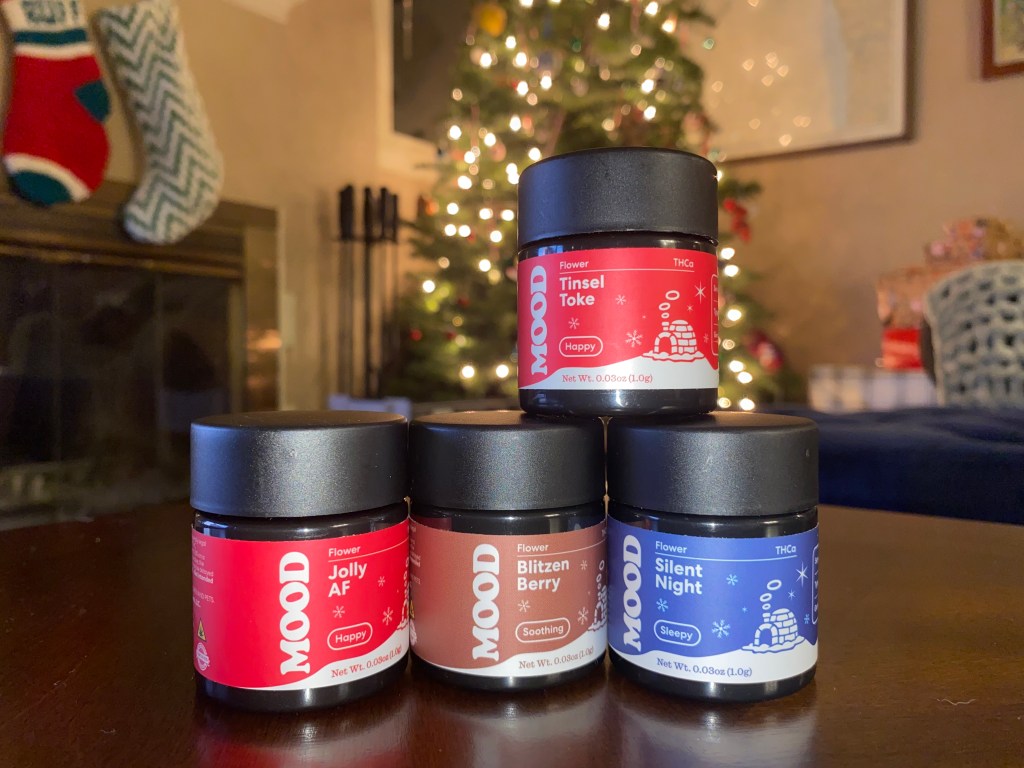The theme for the month of April is THE OCCULT. We are observing how it has manifested in various ways in Australia over the past 200 or so years of settler colonialism.
“The occult” is a nebulous term, generally used to describe anything pertaining to the esoteric, supernatural, or preternatural. The month of April conjures images of cute Easter bunnies, pastels and Catholicism. So, naturally, we will be exploring its antithesis: witches, black magic, and Satanism.
Videos by VICE
Scrolling Reddit one evening, in the kind of internet hole where an interim derealisation takes effect and you become so consumed by information overload that nothing sounds too unhinged and everything seems fascinating, I came across a post on r/melbourne.
“Does anyone have any local urban legends?” it read. “I’ve always kinda assumed that every area had an urban legend or two but I never seem to hear or remember any.”
Flying saucers at Westall primary school in 1966, panthers in the hills, chutes for the deceased in the labyrinthine “back of house” at Crown Casino, tunnels under the State Library, Museum, and CBD. Clickhole for people desperately craving some sort of lore to underpin all the copy paste late capitalism of Melbourne’s modern sprawl.
And then: “There was an article in The Age years and years ago, which I’m convinced was bullshit, about how early Melbourne was designed by occultists, and the original tram terminus for each of the prime-numbered tram routes, when connected on a map, made a huge pentagram across Melbourne.”
Look: I love history, but that doesn’t mean I ever paid attention in school. I know that a man called Hoddle had something to do with Melbourne’s colonial genesis, because of the eponymous Hoddle Street and Hoddle Grid I grew up traversing. But that’s about it. For all I knew, Hoddle and his crew could have been a bunch of pagan-inclined esoterics, intent on designing a city with Satanic symbolism inbuilt. The idea was tantalising.
So. Were occultists involved in Melbourne’s early design, and did the tram terminus locations spell out a sprawling pentagram across the city?
First, no such article, as referenced by the Redditor, exists. Perhaps it did and has since been removed. There wasn’t a trace of this rumour on the internet, and by that I mean, not on the first nor the second page of Google results.
It was difficult to get Melbourne’s eminent historians to entertain this particular investigation. After being ignored by the Reddit commenter, knocked back by the State Library, and batted away by a prominent historian who was “reluctant to give air to silly rumours”, I was questioning whether my efforts would be for shit.
All I knew was that this was the single most important topic I needed to be reporting on.
I reached out to Robyn Annear, an Australian author and historian, who has drawn on her hometown of Melbourne as inspiration for several books. The two most relevant to this quest: Adrift in Melbourne: Seven Walks with Robyn Annear, and Bearbrass: Imagining early Melbourne.
Bearbrass was one of the names early settlers had for Melbourne, speculated to be a gross misinterpretation of Birrarung, meaning “river of mists” in Woiwurrung, the language of the Wurundjeri people, the owners of the land on which I am currently writing, wondering how the fuck they got “Bearbrass” from “Birrarung”.
But that’s not what we’re here to talk about. We’re here to discuss whether early Melbourne was designed by occultists, and if, when connected on a map, the original tram terminus for each of the prime-numbered tram routes made a huge pentagram across Melbourne.
“Well, that’s two completely different things for a start,” Annear told VICE.
“Firstly, there weren’t any trams in Melbourne for the first 50 years or so. But yeah, ok, it’s interesting. I’m trying to picture the tram routes in my head, because the original tram routes through the CBD were slightly different.”
“Because it’s a city of right angles, I don’t think it could possibly add up to a pentagram.”
Here’s the issue: “early Melbourne” would indicate the author is referring to the city’s early planning, when Robert Hoddle and Robert Russell mapped out the city.
“I’ve read biographies over the years of both of them. And I’m pretty sure there’s nothing about dallying with the supernatural for either of them. I think they were very straight, you know?” said Annear.
“19th century, religious guys. I guess they were also scientists, at least it was considered science back then.”
So, Mr Hoddle and Mr Russel were unlikely to have factored in any occult symbolism in their planning of Melbourne. And Melbourne’s first tramways weren’t established for another 50 years.
“If it had been 20 years later, in the 1850s when they did it, I might have said it might be worth looking at, because by then spiritualism was kicking in, in a big way,” Annear said.
“And that really was a real game changer, as far as all sorts of occult things. But the occult existed big time before that, it was widespread.”
Melbourne’s first cable trams were established in 1885, servicing the suburbs of Brunswick, Carlton, Collingwood, Clifton Hill, Fitzroy, North Melbourne, South Melbourne, West Melbourne, Port Melbourne, Prahran, Richmond, St. Kilda and Toorak. After an immense amount of digging, I found a list detailing each cable tram route.
In the name of Journalism, I plotted out their base terminuses on a map [I ignored their respective destinations as most ended in the CBD].

Turns out there are quite a few pentagrams to be made, if you try hard enough.

If esotericism was booming in the 1850s, is it really inconceivable that another 30 years down the line, there may have been some public transport enthusiasts who dreamt of a giant, wonky pentagram sprawling the city?

The positions of the terminuses [the red dots] aren’t incredibly accurate. I just guessed their approximate location. You can see the actual routes on this website.

There are pentagrams everywhere for people with eyes to see.

This one is my favourite. It’s almost perfect.

There is no documented record of what these original cable tramway routes were called. Or how, or even if, they were numbered. So, there’s no way to tell which ones were the prime-numbered routes. As far as I can see, they were just named after their starting and finishing locations. So while my pentagrams are cute, they are probably invalid.
The routes have barely changed since the late 1800s, even with the advent of electric trams, the tramway operators just sought to electrify existing tracks and cars. What if the routes kept their numbers over the decades?
It was my duty to at least check. I plotted all the prime-numbered tram routes in Melbourne today, of which there are six [the devil’s number].
Six is one too many for a pentagram. I decided to plot both the destination terminuses and the location terminuses to make it easier. And I found…

Then I remembered that there were a bunch of tram services that had been discontinued over the years. Of the few that opened in the 1930s [close enough to the late 1800s for this use] only two were prime-numbered: the 7, from Camberwell to Saint Kilda Beach, and the 79, from Malvern to the CBD. This was surely the ticket.

Then, a glimmer of hope. I realised the urban transport map wasn’t to scale, so I plotted all of the same points on one that was.

Still inexplicably hopeful, I asked Annear whether she thought there was any possibility there could be any truth to the Reddit post at all.
“I would say not,” said Annear.
“Like, I mean, it’s a really interesting idea for an alternative history of Melbourne. It’s kind of great, I can kind of see it as a TV series. I think it’d be terrific.”
On that note, there are plenty of interesting, spooky, and horrible facts about early Melbourne that are true.
“A generally accepted thing – it’s somewhat disputed – is that Melbourne was deliberately designed without a meeting place. Without a town square, which was a normal feature of a town at that point in time,” Annear said.
“But it was also a time of political uprising of the working classes in Britain, and they wanted to stamp out any possibility of that. I think Robert Hoddle had intended there to be a lovely Central Square and was overruled. So that’s something about the spirit of the place in the beginning. That meeting together was discouraged. But needless to say, it didn’t work. People will always find a place to meet.”
As a kid I was delighted in the fact there was a park named after a superhero like Batman. But the John Batman it’s named after, the guy credited with “founding Melbourne”, was actually a genocidal monster thoroughly involved in hunting and massacring Tasmanian Aboriginal people.
He was a bounty hunter of Aboriginal people, and his story is vile. And we still have places all over the city named after him. We used to have an entire electorate named after him, but it was changed in 2019 to Cooper, after Aboriginal activist William Cooper. So, yeah. The real history of this city is far, far worse than anything magicked up on Reddit.
Annear said she also found it interesting that the town of Melbourne changes angle.
“The main grid is angled, not north-south, but slightly north-east, south-west, because it respects the curve of the river. But then it changes angle at Victoria Street, that’s kind of where Robert Hoddle threw down a ruler and went, Okay, from here on in, north-south streets.
“But there’s this odd shift of angle where the cemetery was put, where Victoria Market is now. The angle of Queen Street shifts, it takes this strange swerve towards the true north at that point, and I can only imagine it may have been in order that the cemetery could be laid out on those angles so that bodies could be put in the ground facing east-west.”
“The idea was, the head was to be to the west to face the rising sun. For mainstream Christian religion, that was kind of tradition. And of course, a lot of those bodies are still under the market.”
Spooky!
Follow Arielle on Instagram and Twitter.
Read more from VICE Australia.





